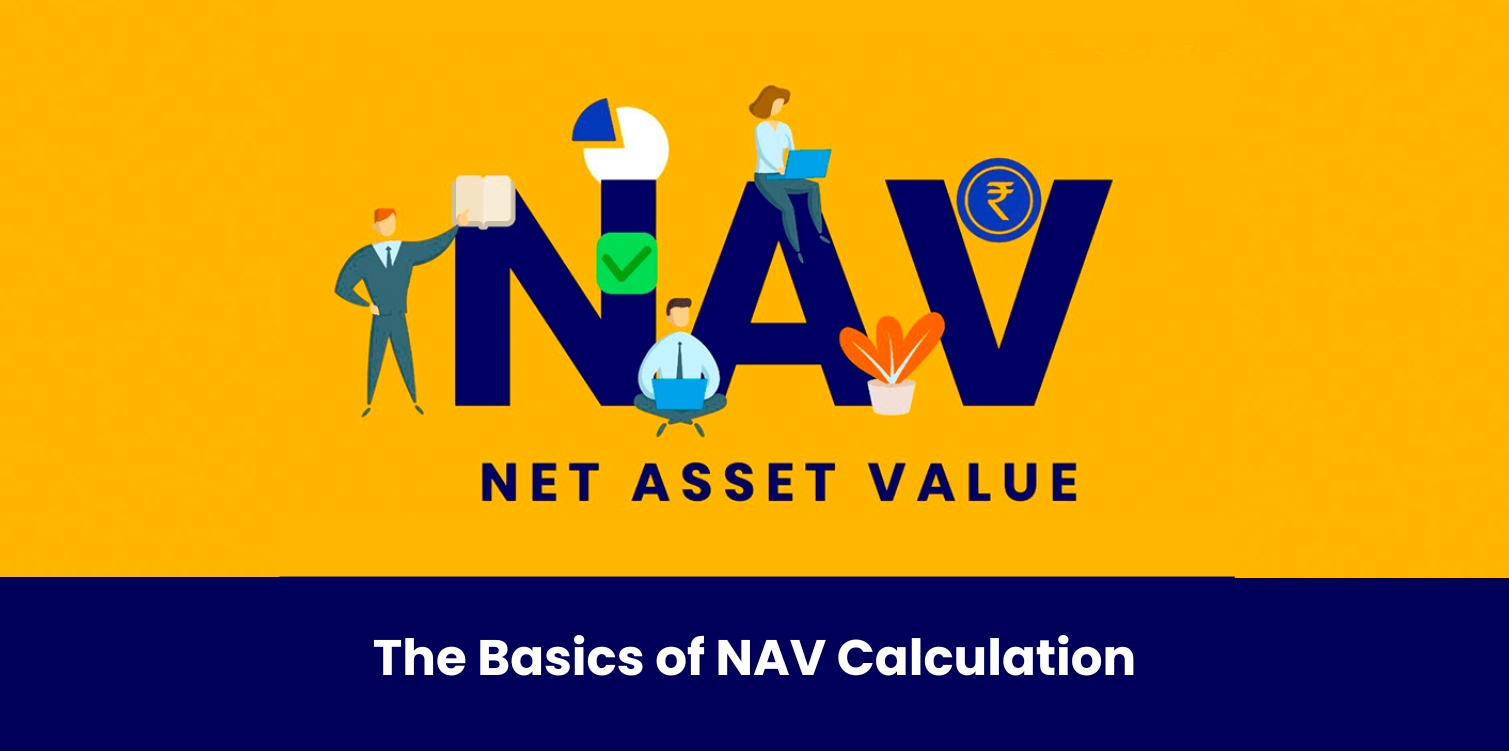Understanding the Basics of Determining NAV
NAV calculation does not follow a method set in stone. However, one of the more common ways involves a discounted cash flow (‘DCF’) analysis. An asset’s value is mostly determined by the future cash flows that it can generate and its residual value upon its sale. The determined value is then cut back using a ‘discount rate’ to reflect what an investor’s probable internal rate of return (‘IRR’) would be, adjusting for any risk or volatility of the market and projected cash flows. The more the level and growth of cash flows and its expected residual value, and the lower the risk associated with the cash flows, the greater the NAV will be.
Comparable sales and other market benchmarks are also used to help determine the appropriate cap rate to apply in determining NAV by using DCF analysis. While presenting the residual value of the asset, this also ensures that the NAV is relatively in line with the concurrent market value for an asset of similar traits.
Can NAV calculations be temporary or permanent?
Yes, NAV calculations can change over time. Based on the market and the demand and supply, the marked value of an asset can fluctuate. If projections about the asset and the results thereof change, the NAV will change as well. The NAV can also change as time goes by and the investment moves closer to its exit.
How useful is NAV through the life of any investment?
NAV helps investors track changes in the value of the asset by predicting future cash flows. This helps investors decide which assets will be good for their portfolio and for how long.
NAV is an assessment of an asset’s value at any point in time. Thus, it is helpful in setting a benchmark in secondary markets to determine asset pricing between buyers and sellers.
NAV and Investing in CRE
At Strata, during due diligence, we take into consideration every possible factor while calculating NAV and the same is conveyed to investors. To add to it, Strata’s model of investing makes it even easier for an investor to start investing in real estate. To know more about how we do that, please visit www.strataprop.com.



%20S2.jpg)
.jpg)